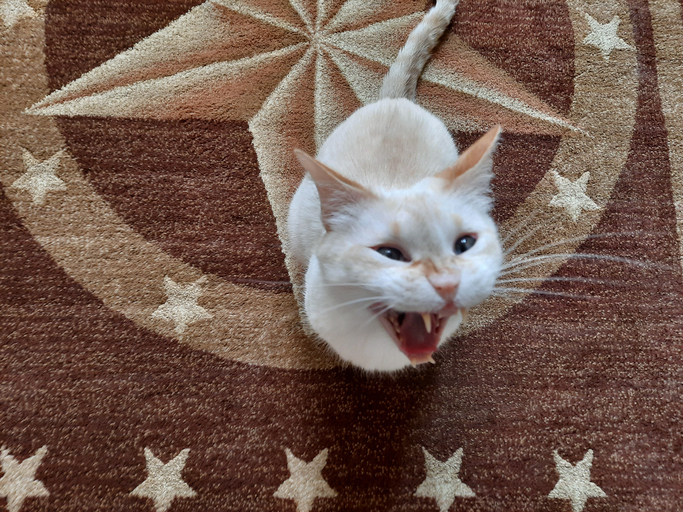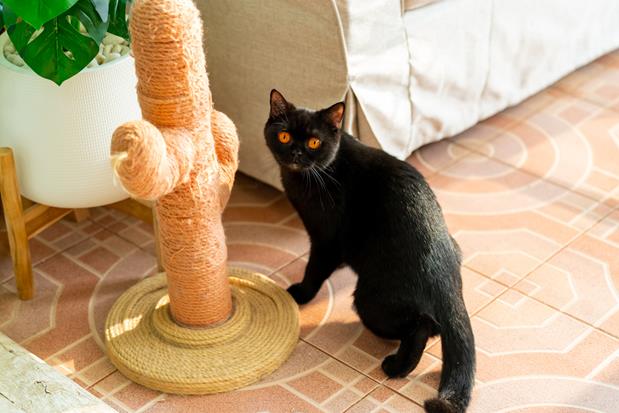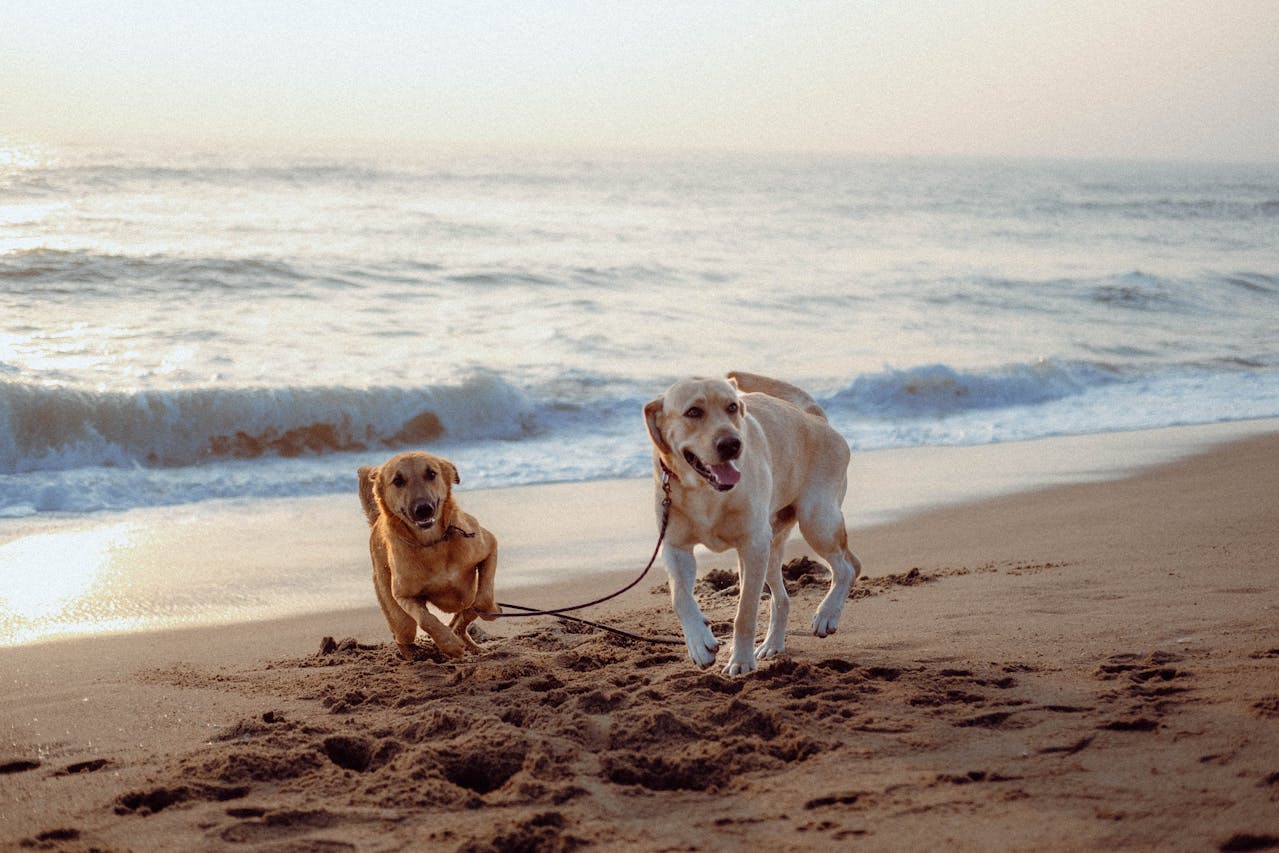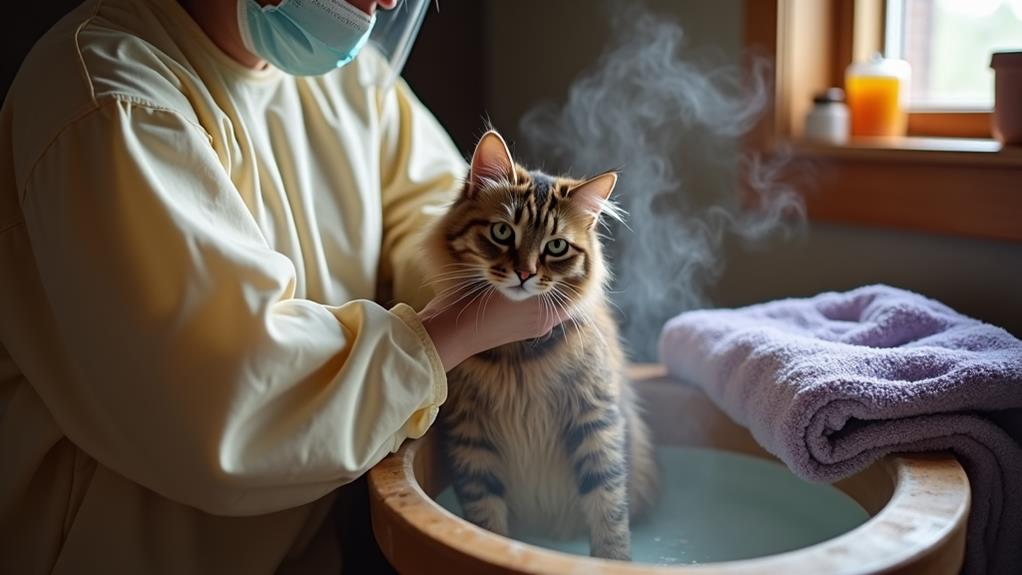Keeping Your Outdoor Cat Safe in the Texas Heat

Protect your outdoor cat from Texas heat by providing multiple water sources in shaded areas and replenishing them throughout the day. Create ventilated shelters with cooling elements like frozen water bottles. Watch for warning signs including panting, lethargy, or bright red gums—cats with temperatures above 104°F need immediate veterinary care.
Offer wet food to increase hydration and limit outdoor access during peak heat hours. The following strategies could mean the difference between life and death for your feline friend.
Understanding Heat Risks for Cats in the Lone Star State
While Texas offers plenty of outdoor adventures for feline companions, it also presents serious heat dangers that every cat owner should recognize. Summers routinely bring triple-digit heat and high humidity, creating conditions where cats can overheat quickly.
Your cat's biology works against them in high temperatures. Unlike humans, cats cool primarily by panting and a little paw-pad sweating—both insufficient during Texas summers when temperatures soar near or above 100°F. Flat-faced (brachycephalic) breeds like Persians face even greater risks. Cats can suffer heatstroke when body temperature rises above 104°F, a potentially fatal condition without immediate intervention.
Proper ID (microchip/collar) becomes indispensable during heat emergencies when cats may wander seeking relief. Having an emergency plan—cooling options, transport, and vet contacts—can save your cat's life, as symptoms can progress from subtle panting to life-threatening collapse quickly.
The Legal Requirements for Outdoor Cat Care in Texas
When it comes to outdoor cat care in Texas, you're expected to provide adequate shelter, water, and care under state cruelty laws and applicable local ordinances. Requirements can vary by city or county (for example, rules on shade/shelter, watering, and tethering), and community-cat/TNR programs may have tailored guidelines.
If you routinely feed or house community cats, local authorities may treat you as a caretaker/owner for welfare purposes. Regardless of ownership status, protecting cats from extreme heat with shade, water, and safe shelter is essential. Check your municipality's animal-care standards to ensure compliance and best practices.
Creating Cool Shelters and Shade Retreats
Three essentials make a life-saving difference in heat waves: materials, placement, and ventilation.
Use large plastic bins or weatherproof totes lined with thin foam for insulation; place straw (not towels/blankets that trap moisture) on the floor. Position shelters under trees, porches, or decks—never directly on heat-radiating concrete or asphalt. Elevate slightly on bricks to allow airflow underneath.
Drill small vent holes high on the sides to vent hot air while keeping rain out. Add cooling aids like wrapped frozen bottles or ceramic tiles that stay cool. Keep shelters clean and check interior temps during the hottest hours. For added relief, hang shade cloths above shelters and set water nearby. As a rule of thumb, a 15-gallon bin gives most cats enough room to turn and lie comfortably.
Hydration Strategies That Save Lives
Proper hydration is the critical lifeline during Texas heat waves. Place multiple shallow bowls in shaded spots and refresh several times daily to keep water cool and appealing.
Boost intake by offering wet food (you can add a spoon of water to it). Watch for tacky gums or reduced skin elasticity as early dehydration clues. Frozen broth cubes (pet-safe, no onion/garlic) provide cooling relief. Monitor drinking habits closely, and keep meds routines consistent for cats on prescriptions.
Pair hydration with cooling mats and ventilated areas. Discuss heat-risk and hydration at routine wellness visits so you know your cat's normal behavior. Always bring portable water on any outdoor forays, and keep cats indoors during the most dangerous afternoon hours.
Before you step outside to check water bowls or refresh shade, skim this Texas beat-the-heat guide for quick ideas on nearby cool-down spots and timing your errands around peak temps.
Recognizing Signs of Heat Distress in Your Cat
Texas heat makes early recognition potentially lifesaving. Behavioral early signs include unusual panting, restlessness, persistent grooming, or repeatedly seeking cooler spots.
Physical signs include drooling, damp paw pads, rapid breathing, and a fast pulse. Severe signs: vomiting, lethargy, stumbling/disorientation. If your cat's temperature exceeds 104°F or you see bright red gums with these signs, treat it as an emergency and seek immediate veterinary care. Long-haired, overweight, senior, and brachycephalic cats are especially vulnerable.
Strategic Timing for Safer Outdoor Access
Timing is critical. Limit outdoor time to early morning or late evening when temps and UV are lower. Avoid 10 a.m.–4 p.m., when surfaces and air temps peak. Always check pavement—hot concrete/asphalt can burn paws within minutes.
Scan the daily heat index and restrict access when it's extreme. Gradually acclimate with short 5–10 minute sessions and frequent shade breaks. Ensure immediate access to cool water and shade whenever the cat is outside.
Designing a Heat-Safe "Catio" Environment
A dedicated catio lets cats enjoy outside safely. Use powder-coated metal frames and secure mesh for airflow and predator protection.
Add flexible shade systems (shade cloths/awnings) and cat-safe plants that offer dappled cover. Orient to capture breezes; consider solar fans and cooling mats to reduce buildup. Good ventilation prevents trapped heat.
Your heat-safe catio should include:
- Multiple elevated perches placed in shade
- Auto-waterers or heavy bowls tucked in cool spots
- UV-resistant surfaces and covers to minimize heat absorption
Protecting Paws From Scorching Surfaces
Sun-baked Texas surfaces can injure sensitive paw pads quickly. Asphalt can reach dangerous temps well below triple digits. Use the 5–7-second rule—if you can't keep your hand on the surface comfortably, it's too hot.
Restrict outings to cooler hours and route walks over grass or shaded ground. Paw wax or vet-approved balms can add a protective layer; some cats will tolerate booties for brief periods.
Check paws after outings for redness, swelling, or limping. Early care prevents deeper tissue damage.
Health Monitoring During Extreme Temperature Days
Know the early red flags: excessive panting, drooling, glassy eyes, or sudden over-grooming. Because cats don't sweat, these behaviors are key signals they're struggling.
Track water intake daily. A sudden drop in drinking during a heat wave is concerning; a sharp increase may mean they're compensating. If you suspect overheating, take a rectal temperature if safe—≥103°F warrants prompt attention; ≥104°F is an emergency.
- Bright red or very pale gums can signal imminent organ stress
- Staggering, collapse, or seizures require immediate veterinary care
- Persistent vocalization can indicate distress from heat
Conclusion
As a responsible cat owner in Texas, vigilance during scorching months is non-negotiable. By prioritizing shade, constant fresh water, and limiting peak-heat exposure, you give your feline the best chance to thrive. Monitor for distress, set up cool retreats, and act fast when warning signs appear. Your attention to these details makes all the difference.




